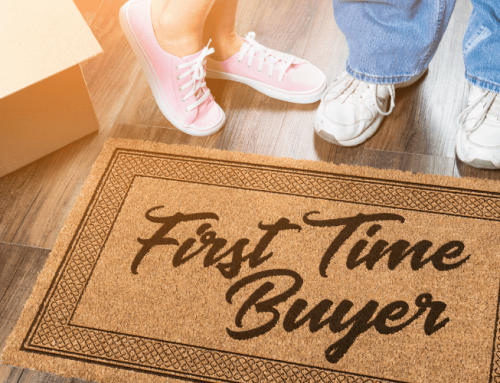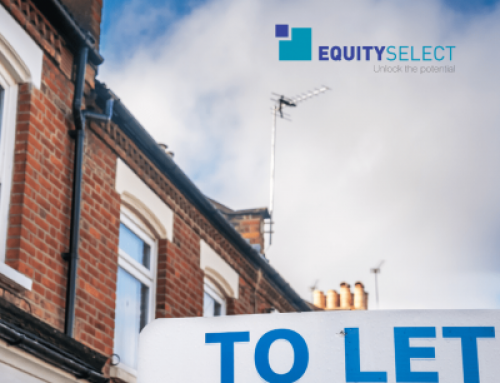
How and when should I repay my Help to Buy loan?
A question that comes up often, should I repay my Help to Buy loan now or later?
The Help to Buy loan is designed to help buyers get on the property ladder using a 5% deposit and a 20% Government loan. The key word being “loan”. Whilst the new Help to Buy rules which came in to force in 2021 have changed who qualifies for the Government loan, the terms in which the loan has to be repaid remain the same.
During the first 5 years of the loan you pay no capital or interest back on the borrowed money. This is one of the reasons why it is a popular method of purchasing a new build property. However, after 5 years, things change and this is where you have to decide what the best option is for you.
Interest is charged on the money you initially borrowed at the start of year 6. During the first 5 years you have paid a £1 monthly management fee. This continues until the loan is repaid in full. The interest that is charged starts at 1.75%, based on the initial loan amount. The interest rate will rise in April each year based on the rate of inflation at the time (according to the Consumer Price Index), plus 2%. If the rate of inflation is 0% or less, the interest rate will rise by 2%.
The example below is based on a recent client we worked with. The monthly interest payments increase over time as the interest rate payable increases. Please note that these payments are not capital repayments. They are purely interest payments so you are not reducing the money due to be repaid to Help to Buy, you are servicing the interest only.
| Original Purchase Price | £350,000 | Original Equity Loan | £70,000 (20%) |
|---|---|---|---|
| Interest Rate Years 1 – 5 | 0.00% | Monthly Cost | £0.00 |
| Interest Rate Year 6 | 1.75% | Monthly Cost | £102.08 |
| Interest Rate Year 7 Based on 2% increase | 1.79% | Monthly Cost | £104.42 |
| Interest Rate Year 8 Based on 2% increase | 1.83% | Monthly Cost | £106.75 |
| Interest Rate Year 9 Based on 2% increase | 1.87% | Monthly Cost | £109.08 |
| Interest Rate Year 10 Based on 2% increase | 1.91% | Monthly Cost | £111.42 |
What are my options when it comes to Help to Buy?
Option 1 – Do nothing
The government do not need you to repay the loan after the initial 5 year period has passed. The loan will automatically continue until you reach the end of your mortgage term. At this point you will have to repay the loan by either using your savings or by remortgaging your home to pay off the debt. In the example above you can see that you would simply continue to pay interest on the borrowed money. The amount paid each year will increase as per the rules stated.
Option 2 – Staircasing
The second option is to pay off part of the loan. The maximum loan you were able to borrow when you originally purchased the property was 20% of the purchase price or 40% if you lived inside the M25. You can do what’s known as “staircasing” in order to repay part of the debt. This is subject to a minimum of 10%. So as an example, if you borrowed 20% on the day you moved into your new home, you can pay back half of this by “staircasing”. The staircasing funds can come via savings you have in the bank, or by remortgaging your property and borrowing more money, subject to meeting the lenders criteria. On completion you would only then be liable to pay interest on the remaining Help to Buy loan. To keep it simple, if you repay half of your Help to Buy loan, then you only pay interest on the remaining half.
Option 3 – Repay in full
The third option is to remortgage and pay off the entire loan in full by borrowing more money from the bank in the form of a mortgage and using the funds to redeem your Help to Buy loan in full, or cashing in your existing savings to repay the loan. This would mean that no further payments are required to Help to Buy and the loan is now settled. In order to work out how much it will cost you to repay Help to Buy we need to know what your home is now valued at. In order to do this we need to arrange for a RICS surveyor to value the property. From there we then need to consider how much is required to repay Help to Buy.
If you initially borrowed 20% as per the example above, then you are required to repay 20% of the property’s value when you decide to redeem the loan. This means if you home is worth more than what you paid for it, you are due to repay more to Help to Buy than you initially borrowed. If your home is worth less than you initially paid for it, then you are due to repay Help to Buy less than you initially borrowed:
| Original Purchase Price | £350,000 | Original Equity Loan (20%) | £70,000 |
|---|---|---|---|
| Current Property Value | £375,000 | Current Equity Loan Repayment | £75,000 |
| Current Property Value | £325,000 | Current Equity Loan Repayment | £65,000 |
Option 4 – Repay when you sell
The final option is to sell the property and repay Help to Buy when you are ready to move on to a new home. Like the option above, the amount you are due to repay is based on the property value at the time of redemption. You would repay the loan using some of the sales proceeds from your home, or, by cashing in your existing savings.
If you are unsure what the best option is when it comes to your Help to Buy loan, Equity Select are here to help. We can guide you through the options above and work with you to develop a plan for the future!
The guides below explain the full process of repaying your Help to Buy loan. Whether you decide to repay your loan now or in the future it’s important to know how the process works. There is no defined answer as to when you should repay the loan, it has to be when works best for you!






